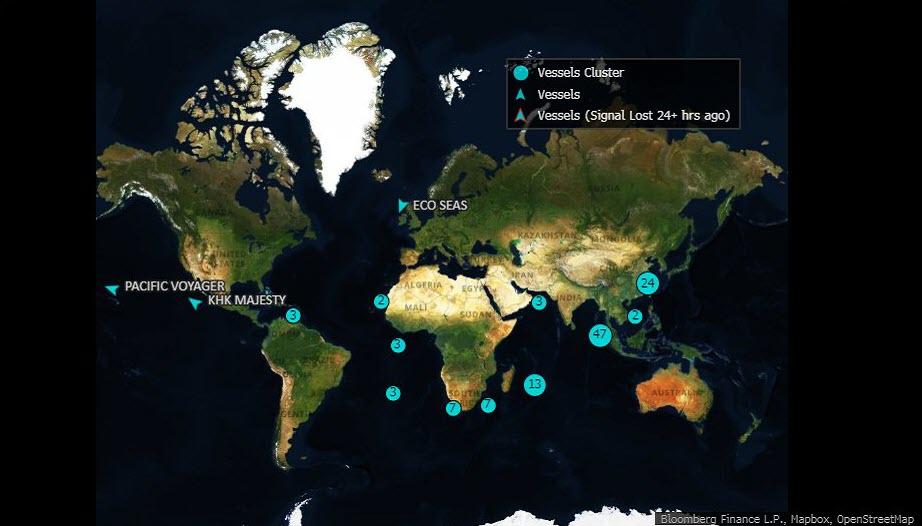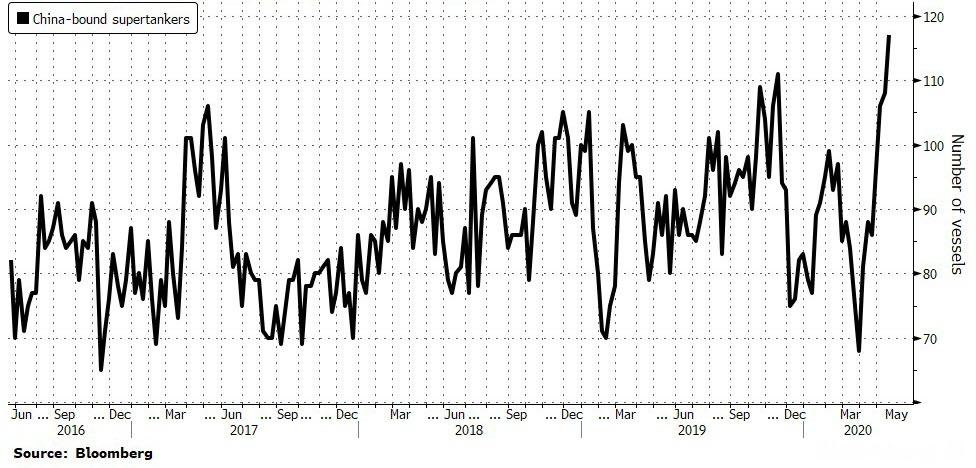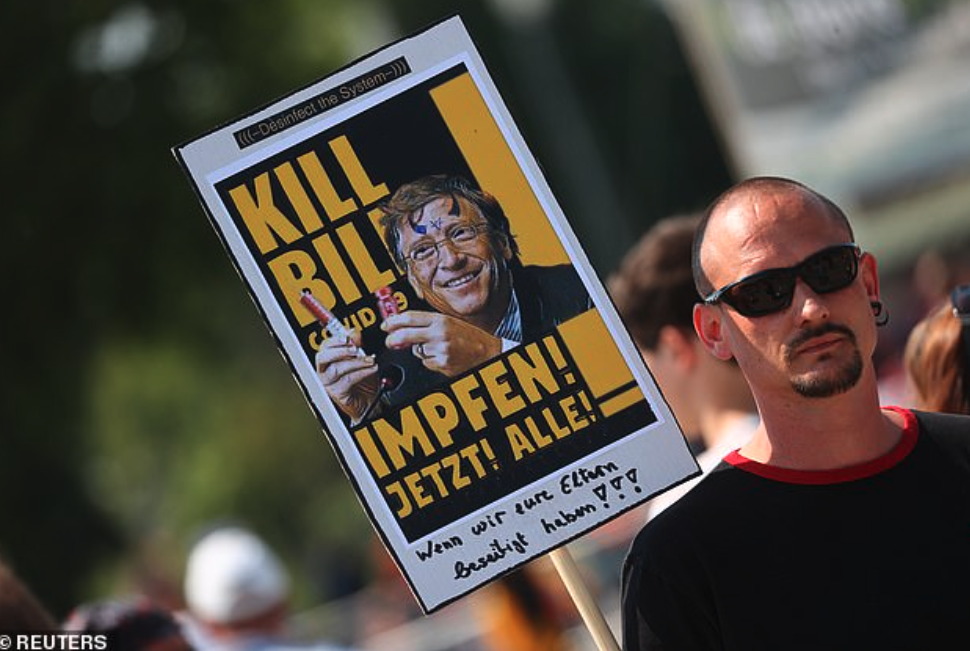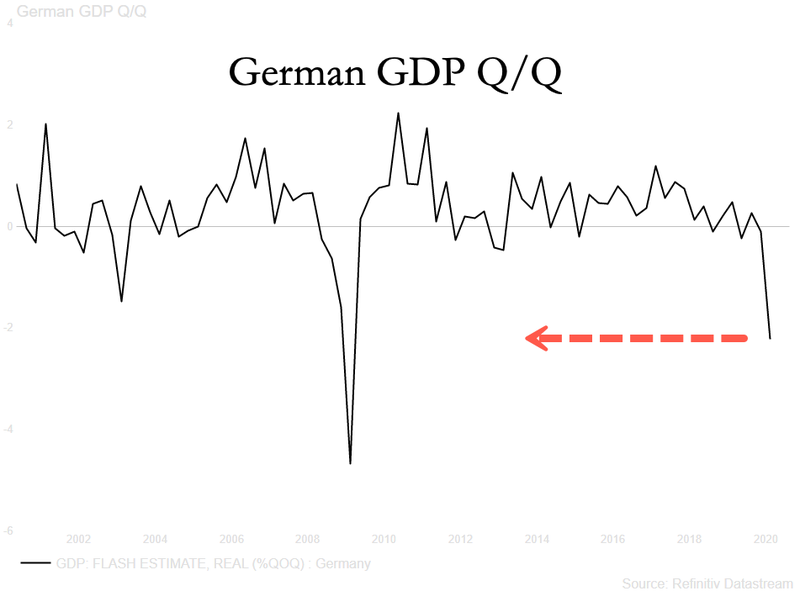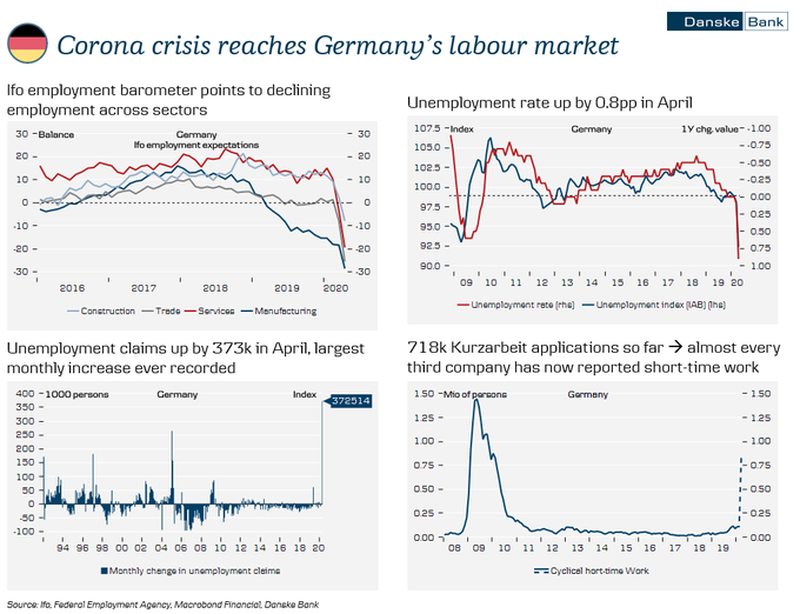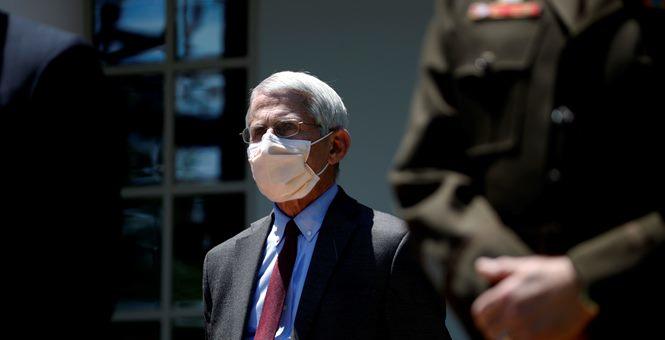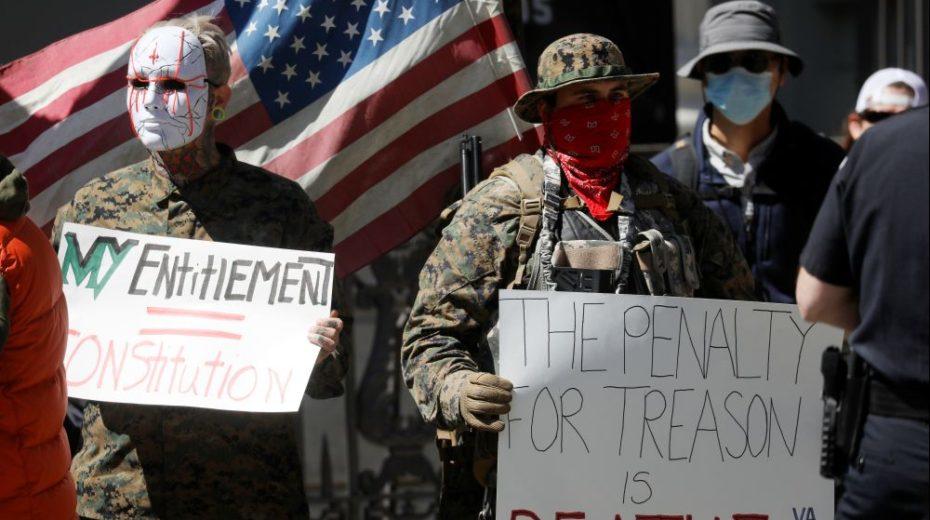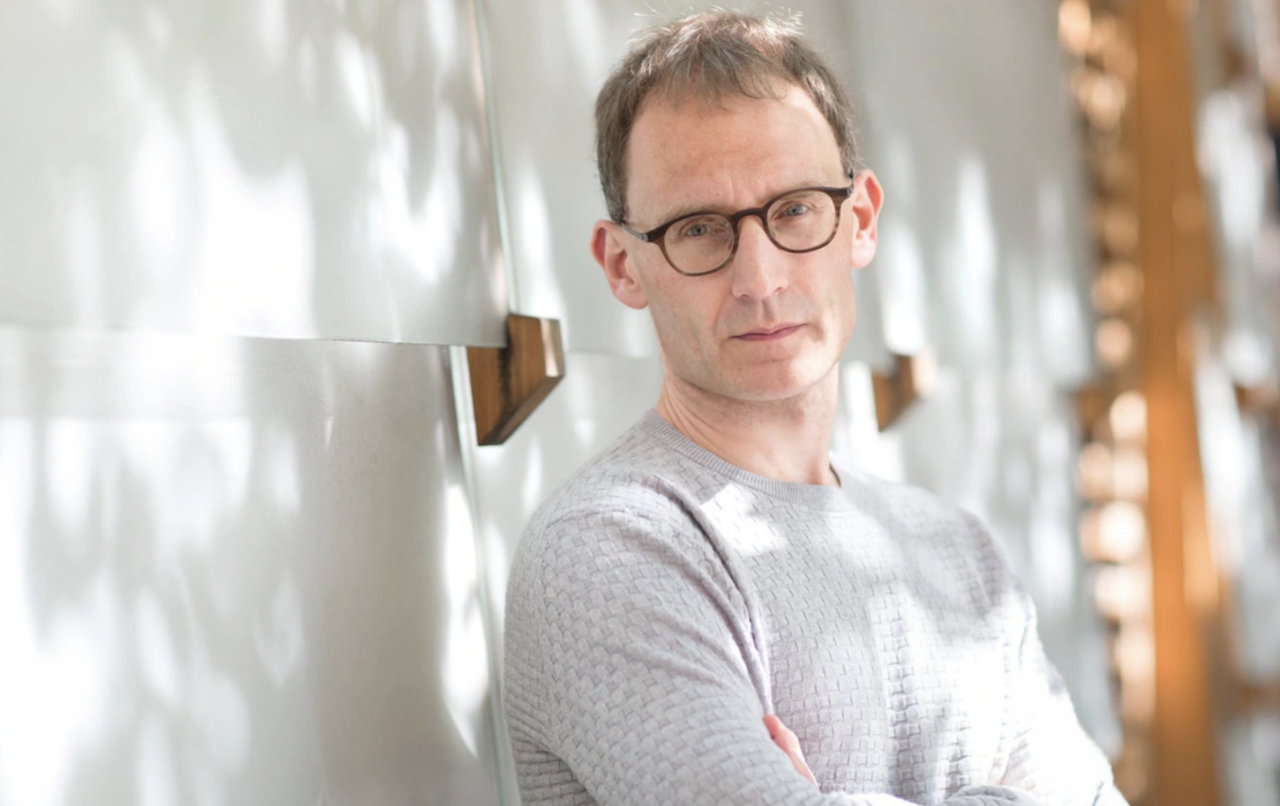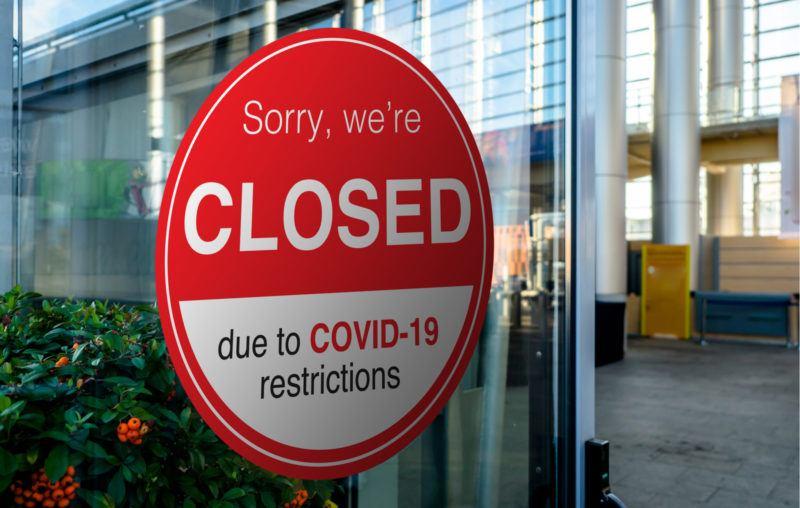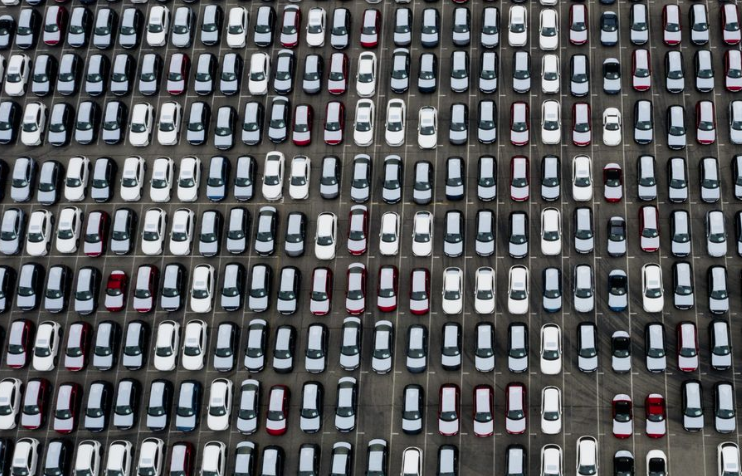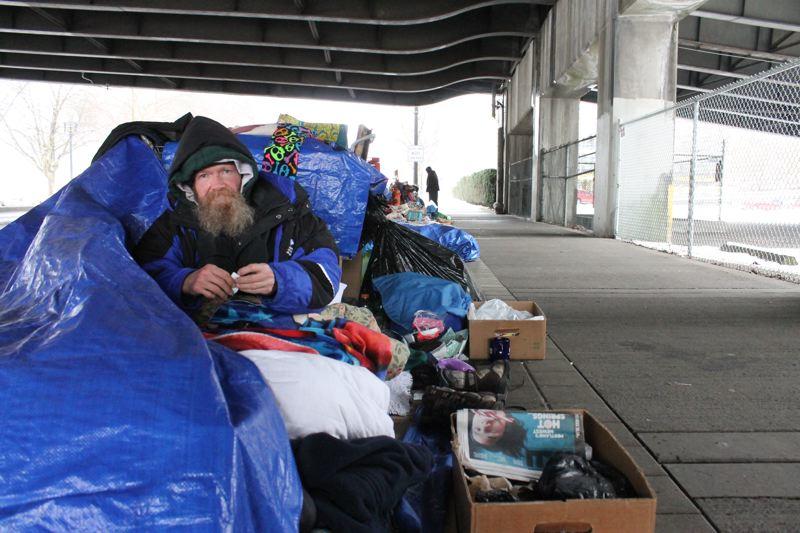Authored by Giulio Meotti via The Gatestone Institute,
Three Chinese internet activists have disappeared and are believed to have been detained by police. They have reportedly been charged with preserving articles that were removed by China’s online censors. Chen Mei, Cai Wei and Cai’s girlfriend went missing on April 19.
A few days earlier, Beijing police formally arrested retired professor Chen Zhaozhi for “picking quarrels and provoking trouble” in a speech about the pandemic. The former Beijing University of Science and Technology professor had posted comments online, including that “Wuhan pneumonia is not a Chinese virus but Chinese Communist Party virus”. In addition, Wang Quanzhang, a Chinese human rights lawyer, who ended his prison sentence after more than four years for “subversion against the state”, immediately after leaving the penitentiary, was placed in “quarantine“, meaning under arrest.
These are just the latest Chinese dissidents who were concerned about the virus that began in Wuhan, the ground zero of the Covid-19 pandemic, who have vanished. They were evidently “disappeared” because they were searching for, and telling the truth about, what happened, as well as the Chinese regime’s attempt to bury it.
Frances Eve, deputy director of research at the Hong Kong-based watchdog group, Chinese Human Rights Defenders, said:
“Everyone who has disappeared is at very high risk of torture – most likely to try to force them to confess that their activities were criminal or harmful to society. Then, as we’ve seen in previous cases, people who have been disappeared will be brought out and forced to confess on Chinese state television”.
A Chinese citizen journalist, Li Zehua, recently reappeared after having vanished two months previous, while investigating the Wuhan coronavirus cover-up. The Chinese regime made him tame and silenced him. In contrast to the tone of his reporting from Wuhan, Zehua’s new video shows him heaping praise on the regime that detained him:
“Throughout the whole process, police officers acted civil and legally, making sure that I was resting and eating well, they really cared for me, I had three meals a day, felt safe with guards, and got to watch the news every day.”
His video shows the tragic consequence of China’s repression.
In his pre-arrest reports from Wuhan, Zehua had a far more aggressive tone against the authorities:
“I don’t want to remain silent, or shut my eyes and ears. It’s not that I can’t have a nice life, with a wife and kids. I can. I’m doing this because I hope more young people can, like me, stand up.”
These Chinese journalists know that the price will be terrible. Beijing just sentenced a journalist, Chen Jieren, to a 15-year prison term for “vilifying the Chinese Communist Party” after state media released his “confession”. China, the world’s largest prison for journalists, has been accused of now having entered a “total censorship era“.
The “patient zero” of this Chinese repression was Dr. Li Wenliang, an ophthalmologist, who was the whistleblower for Covid-19, and who died, purportedly of the virus, at the age of 34. First, was detained by police in Wuhan for “spreading false rumors” and, for telling the truth, forced to sign a document that he had “told untruthful information online.” Hours after state media reported Dr. Li’s death,” noted Physicians for Human Rights, “official censors scrubbed the Chinese Internet of any mention of his passing without explanation.”
Another doctor from Wuhan, Ai Fen, head of the emergency room at Wuhan Central Hospital, was apparently also one of the whistleblowers, who had “sounded the alarm” about the virus on December 30, 2019. Ai Fen was “disappeared” after criticizing the censorship concerning the epidemic. “If I had known what was to happen, I would not have cared about the reprimand. I would have fucking talked about it to whoever, where ever I could”, she said. She has not been seen or heard from since early April.
Chen Qiushi, a citizen journalist who reported from Wuhan, has also been missing since February. “I’m scared, I have the virus in front of me and behind me China’s law enforcement”, Chen said in a video dated January 30. “But I will keep my spirits up, as long as I’m alive and in this city I will continue my reports. I’m not afraid of dying. Why should I be afraid of you, Communist Party?”
A Wuhan clothing salesman, Fang Bin, apparently committed the crime of counting “too many” body bags. “This is too many, so many dead”, Bin said in a 40-minute video about the virus outbreak. He then disappeared as well. Bin filmed bodies piling up at a crematorium. Two months later, the world discovered that China had lied about the number of victims in Wuhan. Bin was right and Beijing had to raise its coronavirus official death toll in Wuhan by 50 percent.
A university student in Shandong, Zhang Wenbin, called on President Xi to step down. “When I look at the courage with which Hong Kong and Taiwan stand up to the Communist Party, I want my own voice to be heard”, he said. “I call on you all to look upon the true colors of the Communist Party, and stand together to bring down this wall”. Then Zhang Wenbin disappeared.
A property tycoon in Beijing, Ren Zhiqiang, also disappeared after writing an essay in which he described Chinese President Xi Jinping as a “clown,” and suggested that the Communist Party’s attack on freedom of speech had exacerbated the epidemic.
Wang Fang, a native of Wuhan, who won China’s prestigious Lu Xun Literary Prize, faces harassment and death threats after publishing a diary in the West about what happened in her native city. “I have fought the good fight, I have finished the race, I have kept the faith”, Fang wrote, quoting the Bible. She explained that today’s China reminds her of the Cultural Revolution, when Mao Zedong imposed fanaticism and obedience in the country and when dissidents were humiliated in public, killed by mobs or forced to commit suicide on streets.
A Chinese law professor at Tsinghua University, Professor Xu Zhangrun, was also placed under investigation after publishing an essay that railed against repression under President Xi. “I don’t know what they’ll do next,” Professor Xu said. “I’ve been mentally preparing for this for a long time. At the worst, I could end up in prison”. He also published a long essay in which he denounced Xi Jinping and the Communist Party. “The coronavirus epidemic has revealed the rotten core of Chinese governance”, Professor Xu wrote. He added that the Chinese system now “values the mediocre, the dilatory and the timid” and that the mess caused by officials in Wuhan who covered up early signs of the virus “has infected every province and the rot goes right up to Beijing”.
Friends say that since those remarks were published, Professor Xu’s social account was suspended, his name scrubbed from Weibo, a Chinese blogging platform, and that now only articles from official websites show up on the country’s largest search engine, Baidu.
A prominent Chinese legal activist, Xu Zhiyong, who urged Xi Jinping to resign — “You’re just not smart enough,” he said — was also arrested.
A pro-democracy activist, Ren Ziyuan, was sent to administrative detention for criticizing the government’s management of the epidemic, Freedom House reported. Additionally, Tan Zuoren, an online activist and former political prisoner, has received multiple visits by police and had his account on the WeChat social media platform frozen. Former professor Guo Quan , after publishing articles about the outbreak, was also arrested for “inciting subversion of state power”.
These intrepid dissidents showed how fragile, vacuous and dangerous is the edifice of the Chinese regime. The Chinese Communist Party “is the biggest and most serious virus of all”, said the blind activist and dissident Chen Guangcheng, now a refugee in the US. “It is time”, he said, “to recognize the threat the Chinese Communist Party poses to all humanity. The CCP represses and manipulates information to strengthen its hold on power, regardless of the toll on human lives”. Also apparently regardless of the number of victims in the world.
An open letter from parliamentarians, academics, advocates and policy leaders states:
“As an international group of public figures, security policy analysts and China watchers, we stand in solidarity with courageous and conscientious Chinese citizens including Xu Zhangrun, Ai Fen, Li Wenliang, Ren Zhiqiang, Chen Qiushi, Fang Bin, Li Zehua, Xu Zhiyong, and Zhang Wenbin, just to name a few of the real heroes and martyrs who risk their life and liberty for a free and open China”.
The letter was signed by, among others, Judith Abitan, Executive Director of the Raoul Wallenberg Centre for Human Rights; Lord Alton of the British House of Lords; the French historian Jean-Pierre Cabestan of the Hong Kong Baptist University; Irwin Cotler, Emeritus Professor of Law at McGill University and former Minister of Justice and Attorney General of Canada; and Giulio Terzi di Sant’Agata, Italy’s former minister of Foreign Affairs.
While many in the West thought that the Soviet Union was a heaven, it only took a handful of heroes beyond the Iron Curtain to let us know about the gulags, the secret police, the hunger, the repression — in short, they showed us that the heaven was a hell. These heroes included, the Czech writer Václav Havel, the nuclear scientist Andrei Sakharov and the author Alexander Solzhenitsyn in the Soviet Union; and the physicist Robert Havemann in East Germany, to name just a few. They paid with arrest, exile, prison and even their lives, such as Czech philosopher Jan Patočka, who died after being interrogated.
Today, similarly, if we know something about China, we owe it to China’s vanished heroes. We have, horribly, chosen to abandon them. Very few in the very free West call out the Chinese authorities and ask these great men and women to be released. For its acquiescence, the West will pay dearly.
The University of Queensland, Australia, which has close links to China, is actually trying to take disciplinary action, including the possible expulsion, against a student, Drew Pavlou, for his criticism of Beijing. Are we already playing Beijing’s game of repressing dissent?
Bloomberg News is said to censor articles that might anger China and expose Xi’s personal wealth. And the European Union recently softened criticism of China in a report on disinformation about the pandemic. The EU’s High Representative for Foreign Affairs, Josep Borrell, admitted that China had “pressured” Brussels.
“We’re almost extinct,” said Liu Hu, a journalist detained for nearly a year after investigating corrupt politicians. “No one is left to reveal the truth”.
It looks as though free thought is more valued among China’s daring dissidents than in many corners of the West.
To paraphrase Leon Trotsky: You may not be interested in China, but China is interested in you.
